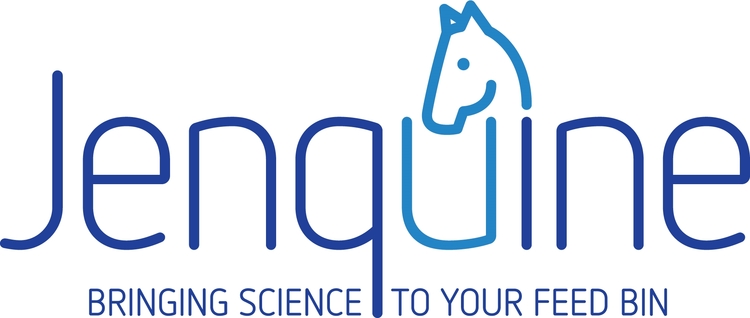Feeding your Performance Horse
Recovery
DURING EXERCISE FUEL RESERVES ARE MOBILISED AND THE WORKING MUSCLES RELEASE ENZYMES TO OBTAIN THE RAW MATERIALS THEY NEED.
Once these enzymes are triggered, tissue breakdown is irreversible - protein synthesis rates drop 30%, protein breakdown exceeds protein synthesis and tissue damage may persist for 3-5 days - longer in young horses just beginning training. These are catabolic processes ie they involve the ‘breakdown’ and using of body stores. But by supplying the correct balance of carbohydrate, anti-oxidants and specific essential amino acids at strategic times it is possible to switch the catabolic state into an anabolic (ie rebuilding of tissue) state, enabling muscles to recover and respond more quickly to work, training and competition.
FEEDING HORSES IN COMPETITION
Nutrition is a powerful tool when used properly. Maximising the response to training, supporting recovery from exercise, and preparing for the next session can all be optimised by strategic feeding practices. The choice of feed and the time of feeding can also impact performance. However, the provision of the correct nutrients in the daily feed underpins health and performance.
The daily diet should address the requirements of all systems in the horse’s body, and for exercising and competition horses, art and science combine. As we all know, every horse is different and as owners we get to know what our horses like - and don’t like! And with all the different feeds, information and supplements available, it’s important to have the basic diet sound and correct before reaching for supplements. So firstly let’s go through a check list of which nutrients are required to support the demands of exercise and training, which ones need to be increased and which ones don’t.
FEEDING OLDER HORSES FOR COMPETITION AND TRAVELLING
For performance horses, maintaining body condition is the minimum requirement of feeding. A more important consideration is how performance can be improved through nutrition. Many current practices developed last century in the cold climates of England and Ireland are inappropriate in the heat and humidity of Australia.
In addition, for disciplines requiring years of training and physical development, peak performance often occurs in the mid to late teens. The needs of horses change from around 15 years of age, but many horses compete well beyond this. Physical changes that accompany ageing include arthritis, anaemia, susceptibility to respiratory and skin conditions, changes in the teeth, reduced salivation, and a 20% reduction in the ability to digest and absorb certain nutrients.
Dr Jennifer Stewart CEO BVSc BSc PhD Dip BEP Equine Veterinarian and Consultant Nutritionist
Dr Jen Stewart has been an equine veterinarian for more than 40 years and an equine nutritionist for more than 20 years. Jen has been developing premium formulas for studs, trainers and feed companies - such as Mitavite - in Australia and around the world. Consulting to leading international studs and trainers in various countries while working on research projects and being involved in nutritional management of a variety of equine clinical conditions, including colic, tying-up, laminitis, performance problems, developmental orthopaedic diseases and post-surgery.
Dr Jen is currently the only practicing equine veterinarian and clinical nutritionist in Australia and was also an official veterinarian at the Sydney Olympics 2000. Jen’s passion for nutrition along with her extensive experience and knowledge strives to continue to BRING SCIENCE TO YOUR FEED BIN
Copyright ®Jenquine 2021. All rights reserved





